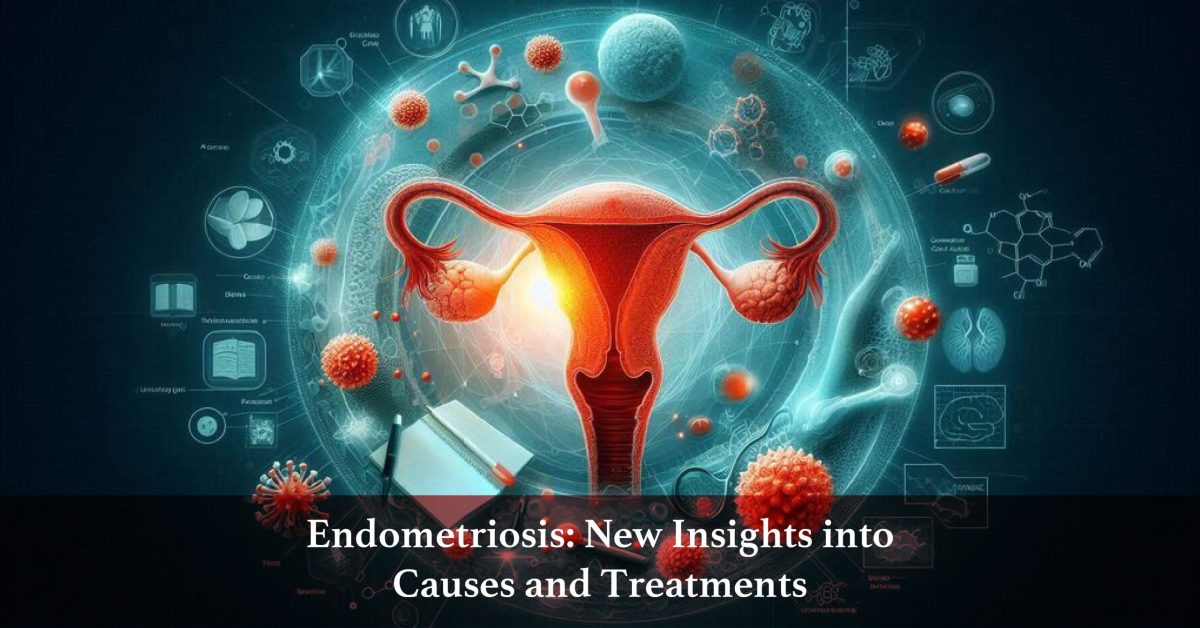Persistent gynecological disease endometriosis affects around 10% of women of childbearing age. Endometriosis, where tissue is present outside of the uterus that looks like endometrial tissue, has been linked to severe pelvic pain, dysmenorrhea, dyspareunia, and infertility. Even though endometriosis is a common disorder with a highly debilitating impact on life, the exact cause of endometriosis is not precisely known, and most treatments are palliative rather than etiological. New insights of the mechanisms behind the disease in terms of hereditary, environmental as well as immunological factors; also advances of more viable therapy options with a hope to increase the cure rate, have been achieved through recent research work done.
Understanding the Causes of Endometriosis
Genetic and Epigenetic Factors
Investigation reveals that endometriosis carries considerable heritability. Many gene variations, for instance those affecting the progesterone receptor, have been associated with the development of the disease. For instance, resistance to progesterone in tissues lining the endometrium has been related to variability of the progesterone receptor gene. Because it leads to an inappropriate response to hormonal therapy that rely on progesterone activity in order to keep the proliferation of endometrial tissue within bounds, this resistance is the key factor in the pathogenesis of the disease.
Epigenetic alterations have been found to be highly etiological contributors in endometriosis and other genetic mutations. Epigenetic changes, including DNA methylation, have been identified to alter gene expression without the sequence of DNA being altered. The authors report that such endometriosis-carrying women share aberrant DNA methylation profiles within their endometrial tissues, thus contributing to aberrantly expressed genes that play central roles in inflammation as well as hormone response.
Environmental Toxins
Exposure to chemicals is another environmental factor that may lead to endometriosis. Among the environmental toxins, dioxin is regarded as one of the best-studied ones in association with endometriosis. It has been proven that exposure to dioxin increases the rate of endometriosis progression, in which an inflammatory environment induces the growth and proliferation of the ectopic endometrial tissue. This toxin interferes with normal immune responses and hence will give the body a more difficult time in the removal of displaced endometrial cells from other locations outside the uterus.
Immune Dysfunction
Another important component in the pathophysiology of endometriosis is immune dysregulation. The immune system appears to fail to recognize and destroy ectopic endometrial cells, which immigrate outside the uterus in women who are diagnosed with endometriosis. This failure renders these cells the ability to proliferate, implant, and eventually cause chronic pelvic inflammation. Research has demonstrated that immune cells, such as macrophages, have the ability to secrete cytokines that stimulate inflammation and further perpetuate the survival and proliferation of ectopic endometrial cells. Research conducted on the aspects of neuroangiogenesis in lesions of endometriosis has also established that the tissue of endometriosis can tap its own existing neural connections and blood supply to enhance inflammation and pain.
